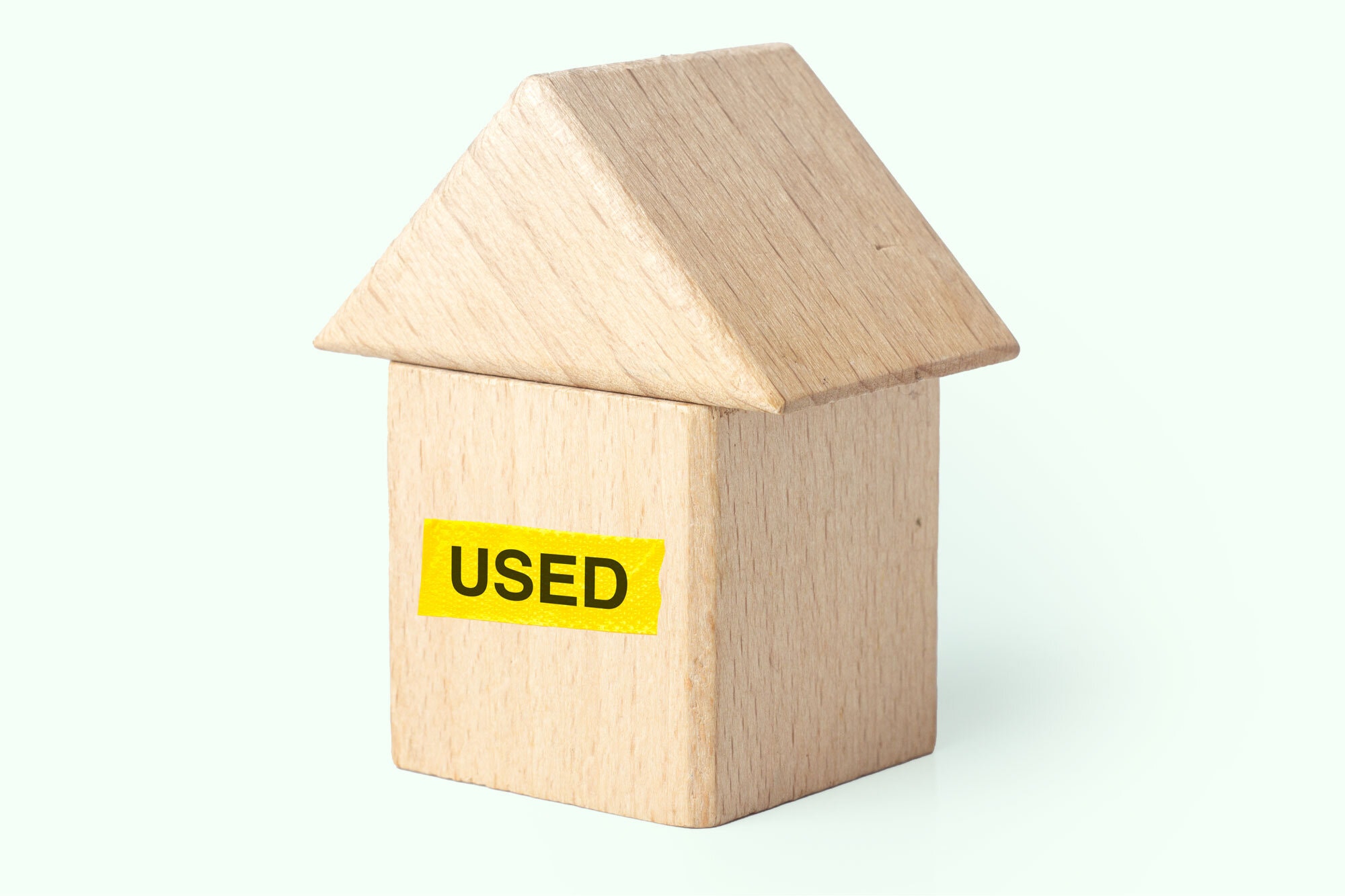
The holiday shopping season has started, and spending on toys is expected to be big this year as parents try to fight lockdown boredom.
Toy sales in the United States increased by more than 15 percent in the first half of 2020, according to the NPD Group, a research firm that tracks consumer trends, and the surge is expected to continue into the holidays.
The problem: That toy boom potentially means a lot more plastic in the environment.
According to one industry publication, roughly 90 percent of toys are made from plastics. That’s because they generally need to be durable, easy to clean and bright in color.
And that plastic tends to stick around a very long time. “It’s safe to assume all toys eventually end up in a landfill,” said Shahram Baradaran, a quality assurance and compliance manager at Green Toys, a California company that makes sustainable toys.
So, if you want to reduce your environmental footprint this holiday season, there are toy companies offering green options.
Mr. Baradaran’s company, for example, uses only recycled material. Green Toys gets most of its plastic from old milk jugs, but not all. One play set for the pool and beach is made from plastics that most likely would have ended up in the ocean: The company sourced the material for the sets from a provider that removes plastic from waterways in developing countries.
Then, there’s wooden toys. Look for companies that source their wood sustainably. One example is PlanToys, based in Trang, Thailand. The company specializes in wooden kitchen sets and trucks and uses wood from retired rubber trees that no longer produce latex. Those trees would otherwise be burned down.
“We’re very proud to say we’ve never actually cut down a tree to create any of our toys,” said Rudy Valenta, national sales and marketing manager at PlanToys.
Unfortunately, there’s no consumer group that ranks toys based on sustainability, but there are some companies with good reputations.
Poppie Toys is a Dutch company that specializes in sustainable rattan toys like doll furniture and strollers. Green Tones, established by German music company Hohner, makes sustainable rubberwood drum sets and xylophones with nontoxic glue for children. Oli & Carol, based in Spain, focuses on plant-based, soft teething rings and bath toys in the shapes of bright pink watermelons and frisky foxes. Wishbone in New Zealand makes bikes and wagons for tots sourced from birch wood or recycled plastic.
Some of the big toymakers are also moving toward greater sustainability. LEGO, for example, is replacing the plastic bags that contain bricks with paper ones. And, it’s already introduced bricks made from sugar cane.
LEGO has a program to make sure bricks stay in circulation, too. You can send back those old sets after your kids have outgrown them. The company will sort and clean the bricks and then redistribute them through charities like Teach for America.
In fact, selling, donating and buying used might be the best ways to rein in your environmental footprint when it comes to toys.
You might not be comfortable giving used toys, especially on a big occasion. That’s a personal choice. But keep in mind, there are probably people out there in need. So, if you don’t want to buy used, you can still donate.
Good donation options for lightly used toys are local women’s shelters or thrift stores. The Marine Toys for Tots Foundation also accepts used toys in good condition and passes them on to families who can’t afford to buy new ones. Another possibility is Second Chance Toys.
“More and more we’re recognizing that there really is no end for plastics. They leave our house but they’re sitting someplace out there,” said Liz Hitchcock, director of Safer Chemicals Healthy Families. “We are developing greater recognition that from extraction through production through disposal, it’s all harmful to the environment.”


